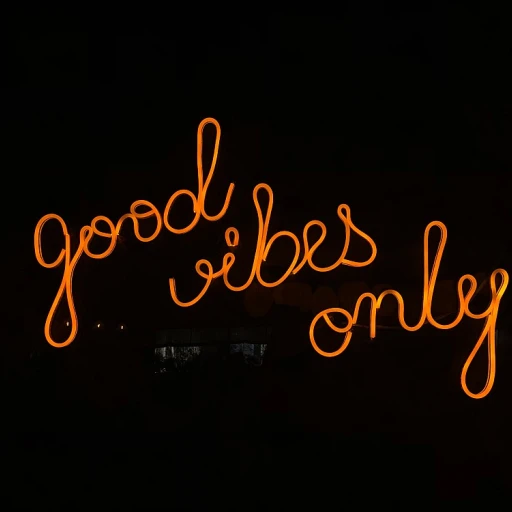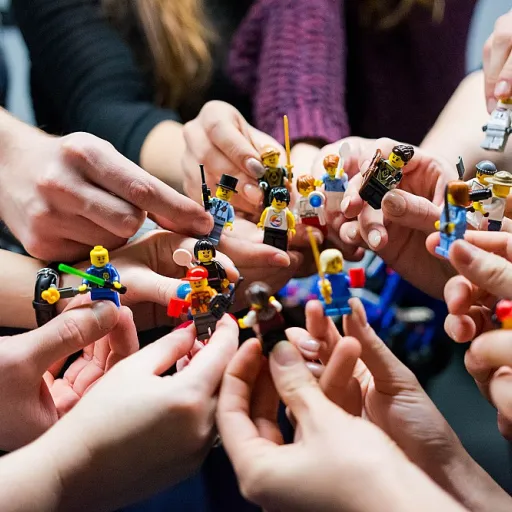
What are the bolman deal four frames?
Exploring the Four Frames Model
Understanding how organizations work and how people learn within them can be complex. The four frames model, introduced in the well-known book on reframing organizations, offers a practical way to view the dynamics of continuous learning. This model helps leaders and learners make sense of organizational challenges by examining them through four distinct perspectives, or frames. Each frame focuses on a different aspect of organizational life, providing a toolkit for effective leadership and personal growth.
- Structural frame: This frame emphasizes rules, roles, and processes. It looks at how organizations are designed and how work is coordinated. Leaders using this frame focus on clarity, efficiency, and alignment of resources.
- Human resource frame: Here, the focus is on people—their needs, skills, and relationships. This frame highlights the importance of motivation, support, and development in fostering a good learning environment.
- Political frame: Organizations are seen as arenas of competition and negotiation. The political frame helps leaders and learners understand power dynamics, alliances, and the leadership challenge of navigating conflicting interests.
- Symbolic frame: This frame looks at culture, meaning, and rituals. It explores how shared values and symbols shape the way people experience learning and work.
By using these four frames, leaders and individuals can develop a more holistic view of their organization and learning journey. The model encourages flexibility in leadership style and helps people adapt to changing circumstances. For those interested in mastering integrated planning for continuous learning, the integrated planning approach can be a valuable resource to complement the four frames model.
In the following sections, we will explore how each frame can be applied to continuous learning, from structuring learning environments to navigating challenges and finding meaning in personal growth.
Applying the structural frame to continuous learning
Building a Foundation for Learning with Structure
The structural frame, as described in the bolman deal four frames model, is all about how organizations and individuals set up systems, roles, and processes to support their goals. In the context of continuous learning, this frame focuses on creating a solid foundation that makes ongoing development possible and effective.
When you look at organizations that excel in learning, you often see clear structures that guide how people access resources, participate in training, and measure progress. Good leaders use the structural frame to design learning pathways, set expectations, and ensure accountability. This approach helps everyone know what is expected and how to achieve it, reducing confusion and making learning part of the everyday work environment.
- Defined roles and responsibilities: Clear job descriptions and learning objectives help people understand their part in the organization’s growth.
- Accessible resources: Providing easy access to courses, mentorship, and feedback tools supports continuous improvement.
- Consistent processes: Regular check-ins, progress reviews, and structured feedback loops keep learning on track.
Great leaders recognize that structure is not about rigidity. Instead, it’s about giving people the tools and frameworks they need to thrive. The structural frame model encourages organizations to regularly review and adapt their systems, ensuring they remain relevant and effective as needs change.
For those looking to enhance their own learning or support others, using a writing 5-paragraph essay graphic organizer can be a practical example of applying structure to learning. This tool helps organize thoughts, clarify objectives, and track progress, reflecting the core ideas of the structural frame.
By focusing on structure, organizations and individuals lay the groundwork for sustainable growth. This frame is just one part of the four frames approach, but it’s essential for turning good intentions into real, measurable outcomes.
The human resource frame in personal growth
Focusing on People for Lasting Growth
The human resource frame is one of the four frames in the Bolman and Deal model, and it places people at the heart of organizational success. This frame focuses on understanding the needs, skills, and motivations of individuals within organizations. In the context of continuous learning, this means recognizing that effective learning strategies must support personal growth and well-being, not just organizational goals.
Great leaders who use the human resource frame see learning as a partnership between the organization and its people. They create environments where individuals feel valued, supported, and empowered to develop their skills. This approach goes beyond traditional training programs, encouraging a culture where feedback, mentorship, and open communication are part of everyday work.
- Empathy and support: Leaders who adopt this frame model listen to their teams and adapt learning opportunities to fit diverse needs.
- Personalized development: The human resource frame encourages tailored learning paths, recognizing that people grow in different ways.
- Trust and collaboration: Building trust is essential for effective learning. When people feel safe, they are more likely to take risks and innovate.
Organizations that view learning through the human resource frame are more likely to attract and retain talent. They understand that investing in people is not just a good leadership style, but a strategic choice for long-term success. This frame also helps leaders navigate the leadership challenge of balancing organizational needs with individual aspirations.
For those interested in how equity and inclusion intersect with the human resource frame, this article on exploring equity in learning offers practical insights. It highlights how organizations can create fair and accessible learning opportunities for all, reinforcing the importance of the human resource perspective.
By integrating the human resource frame with the other frames, leaders can foster a holistic approach to continuous learning that benefits both individuals and the organization as a whole.
Using the political frame to navigate learning challenges
Turning Power Dynamics into Learning Opportunities
The political frame, as described in the bolman deal four frames model, highlights how power, conflict, and negotiation shape organizations. When it comes to continuous learning, this frame focuses on the reality that learning environments are rarely neutral. Instead, they reflect the interests, agendas, and influence of various stakeholders. In organizations, leaders and learners alike must recognize that access to resources, opportunities, and even information can be influenced by internal politics. Understanding this frame helps individuals and teams anticipate challenges and navigate them more effectively. For example, when proposing a new learning initiative, it’s important to identify who holds decision-making power and whose support is essential for success.- Recognize competing interests: Different departments or groups may have conflicting priorities. A good leader reads these dynamics and builds alliances to support learning goals.
- Advocate for resources: The political frame encourages learners to make a strong case for the value of learning, using data and stories to persuade others.
- Negotiate for support: Sometimes, gaining access to training or development requires negotiation. Leaders who excel in this frame know how to build coalitions and find win-win solutions.
The symbolic frame and the meaning of learning
How symbols shape our learning journey
The symbolic frame is a powerful lens for understanding continuous learning in organizations. This frame focuses on the deeper meaning behind actions, rituals, and stories. It’s not just about what people do, but why they do it and what it represents. In the context of the four frames model, the symbolic frame helps leaders and learners see how culture, values, and shared beliefs influence learning experiences.
Great leaders recognize that learning is more than acquiring new skills. It’s about creating a sense of purpose and belonging. When organizations use symbols—like awards, ceremonies, or even shared language—they reinforce the importance of learning. These symbols remind people that growth is valued and that their efforts matter. This approach can turn routine training into a meaningful journey, inspiring people to engage more deeply.
- Rituals and ceremonies: Regular events, such as learning celebrations or knowledge-sharing sessions, can motivate people and build a strong learning culture.
- Stories and legends: Sharing stories of successful learners or teams helps others see what’s possible and encourages a growth mindset.
- Symbols and artifacts: Visual cues, like badges or certificates, serve as reminders of achievement and commitment to continuous learning.
The symbolic frame also highlights the artistry and choice leadership required to make learning meaningful. Leaders who use this frame model understand that people are inspired by vision and purpose, not just rules or incentives. By connecting learning to the organization’s mission and values, leaders help people see their work as part of something greater. This is where the symbolic frame overlaps with the other frames, showing that effective learning strategies blend structure, human resource focus, political awareness, and symbolic meaning.
For organizations aiming to become truly great, embracing the symbolic frame can transform the way people view learning. It’s not just about what you learn, but how you feel about learning and the story your organization tells about growth and success.
Integrating the four frames for a holistic learning strategy
Bringing the Frames Together for Lasting Impact
The real power of the Bolman and Deal four frames model comes from using all the frames together. Each frame—structural, human resource, political, and symbolic—offers a unique view of how organizations work and how people learn. When leaders and learners combine these perspectives, they create a more flexible and effective approach to continuous learning. A good learning strategy is not just about having clear structures or rules. It also values people, understands the realities of organizational politics, and gives meaning to the work. Here’s how integrating the frames can help:- Balance: The structural frame brings order, but the human resource frame ensures people feel valued. Together, they help organizations run smoothly while supporting personal growth.
- Adaptability: The political frame helps navigate challenges and build alliances, while the symbolic frame inspires and motivates. This combination helps leaders respond to change and keep teams engaged.
- Holistic View: Using all four frames means leaders don’t miss important details. They see both the big picture and the small moments that matter to people.












